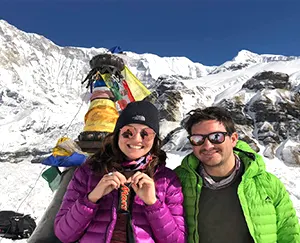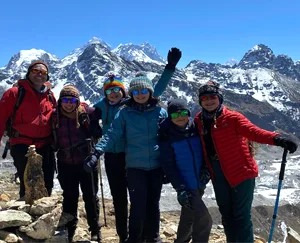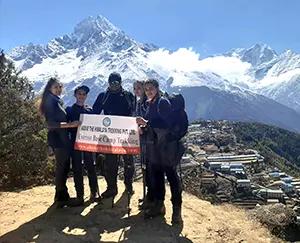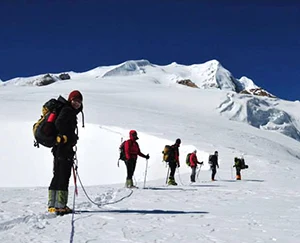Everest Base Camp Trek With No Lukla Flight
Trip Highlights of Everest Base Camp Trek With No Lukla Flight
While treks in Nepal are similar to each other, the following highlights make the Everest Base Camp Trek with no Lukla flight unique:
- Enjoy panoramic views of lush forests, serene rivers, remote villages, and towering mountains throughout your drive to Lukla and in your trek.
- Acclimatization days in the marketplace of the Everest region, Namche Bazaar, and a fascinating rural habitat of Sherpas, Dingboche.
- Experience off-beaten trekking with fewer crowds.
- Cultural immersion through visits to monasteries, stupas, etc., and interaction with local communities.
- View of mountains other than Mount Everest, including Ama Dablam, Lhotse, Nuptse, etc.
- Terrific sunrise view at Kalapathhar.
- The best view of Mount Everest is from Everest Base Camp and Kalapathhar.
- Social contribution by staying in local accommodation and seeking services from locals.
- Challenging trekking, which converts to possibly the most rewarding one by the end.
- Avoid Lukla flight uncertainties with the help of flexible routes via Surkhe and Salleri and back to Kathmandu.
Trip Extension
Suppose you have more time in Nepal after this trip. In that case, we can help you to extend your trip by running different treks in Nepal, tours in Bhutan and Tibet, Jungle safari tours at Chitwan, Bardia, and other National parks, Nepal luxury hotel booking, Rafting, Ultra-light flights, or any other travel-related services. You can get more information here.
Most Asked Questions by Travellers
![]() General
General
The total duration of the Everest Base Camp trek via Salleri can range from 14 to 21 days. Furthermore, the duration of your trek depends on your speed, unexpected delays, and trekking experience.
The maximum altitude reached on this trek is 5,364 m at the Everest Base Camp and 5,545 m at Kala Pathhar.
The Salleri route can be suitable for first-time trekkers if they are physically fit and can walk through rough trails on a trek.
Mobile network may or may not be available along the route. While there are network towers along the way, it is not guaranteed whether they will work all the time or not.
Yes, you can charge your devices on the trek when you’re in a teahouse. You can also carry a power bank that will keep your devices charged even when you’re not in the hotel or a teahouse.
ATM facility is only available at Namche Bazaar. You may not find it elsewhere in the Khumbu region. Additionally, Kathmandu has plenty of ATMs.
![]() Preparation & Fitness
Preparation & Fitness
Yes, you need to train before this trek. By training, we mean both physical and mental training. Cardio, aerobics, jogging, and hiking can help. Similarly, you need to look into other people’s experiences as to what can be expected in this trek through blogs, interviews, and personal interactions.
In the Lukla route, you will reach the destination by flight. Hence, the journey will be faster and easier. Salleri route includes more adventure, walking, and road travel, which can be comparatively complex even though slightly.
Children and elderly people can only complete this trek if they are above the age of 15 and under the age of 60. Otherwise, they may face unwanted health complications, or their physical strength may not endure the challenges of the trek.
![]() Permits
Permits
You need two permits for the Everest Base Camp Trek with no Lukla flight. These permits are the Sagarmatha National Park Entry Permit (SNP) and Khumbu Pasang Lhamu Rural Municipality Permit.
You can obtain the permits from Kathmandu or through your trekking agency in Kathmandu.
Yes, the Khumbu permit costs about $20, and the Sagarmatha National Park Entry Permit (SNP) costs about $30.
![]() Insurance and Visa
Insurance and Visa
Yes, you need travel insurance for the trek. Your insurance will not only give you peace of mind during travel but will also cover high-altitude trekking like Everest Base Camp and emergency evacuation smoothly.
Yes, you can get insurance if you are over 60 years old. However, you may have to upgrade the insurance to a more premium one.
Most nationals from different countries worldwide require a visa for Nepal. You may have to consult about the same with your trekking agency at the time of booking. After having applied online, you can get your visa after arriving at the Tribhuvan International Airport.
![]() Guides & Support Staff
Guides & Support Staff
Yes, a guide is recommended for the Everest Base Camp Trek with no Lukla flight. When you go on this trek, you will overcome route difficulties, physical and mental challenges, and any confusion or dilemma in interacting with locals and locations with the help of a dependable guide.
Yes, you can hire a porter. A porter is likely to carry at least a baggage of 15 kilos for you, which will let you walk freely through the rugged pathways of Khumbu.
You can do your research on certified guides and porters before you finally settle for one. A top tour operator for Everest Base Camp treks in Nepal is Above The Himalaya, located in Thamel, Kathmandu.
![]() Accommodation and Facilities
Accommodation and Facilities
You will stay at teahouses and lodges during your trek throughout the Khumbu region. Such accommodatiooptionson offer you with clean toilet facilities with good water supply, electricity, clean and comfortable beddings, meals, etc.
Yes, hot water can be available at a small cost of up to $1 per bucket in the Khumbu region. You need to inform the teahouse owner for the same during your stay. Trekkers often enjoy hot showers in their hotel at Kathmandu.
Yes, most teahouses and lodges in the Khumbu region have electricity and WiFi facilities. Some rural teahouses may not have WiFi facilities which makes it necessary for you to seek a local SIM card through a friend or your tour operator in Nepal. Kathmandu offers you easy access to both electricity and Wi-Fi facilities.
![]() Food and Drinks
Food and Drinks
You can enjoy both authentic Nepali food as well as Western food during the trek. Traditional Nepali food include dal, bhaat, tarkari, meat curry, and achaar with soups, roti, butter tea, etc. Likewise, Western options include hash brown, eggs, toast, pizza, pasta, etc.
Drinking water from an open source may not be safe for drinking on the trail. Therefore, you always need to carry a water purification tablet that you can pop in your bottle every time you fill it up. You can also get bottled water along the way.
Yes, vegetarian and vegan meals can both be available during the trek. However, you will easily find vegetarian options everywhere, but vegan options are not as easily available.
![]() Weather & Seasons
Weather & Seasons
The best time to trek via the Salleri route would be in the spring and autumn. These are the seasons when the air is cool, weather is neither too hot nor too cold, and the sky is clear. Also, there is the least possibility of rainfall in both seasons.
Yes, you can trek during winter. The trails can be a little more challenging as it can get extremely cold at the higher altitudes. Also, you may not find as many amenities available.
You can expect the weather conditions to be very chilly with dry air blowing all night. The temperature of the surrounding is going to drop drastically at night time, especially at the higher altitudes.
![]() Health & Safety
Health & Safety
Altitude sickness refers to a trekker being sick due to the altitude growth. You can prevent altitude sickness by gradually trekking and acclimatizing.
Yes, medical facilities are available in Namche Bazaar. However, there may not be even basic facilities at a higher altitudes which makes it necessary for you to carry a first aid kit with any personal medications.
No, it is not safe to trek alone, regardless of your experience in trekking. When you’re trekking, be sure to take along a guide or trek with a guide and a group.
![]() Packing & Gear
Packing & Gear
You need to pack trekking boots, a sleeping bag, trekking poles, a headlamp, sunscreen, water purification tablets, and warm clothes during the trek.
Yes, you need specialized high-altitude gear for the Everest Base Camp Trek with no Lukla flight, including gloves, thermal layers, down coats, and a sturdy backpack.
Yes, you can rent gear in Kathmandu at Thamel. Renting gear can always be a more feasible and wiser option than buying it.
![]() Booking & Payment
Booking & Payment
No, you can’t trek independently without a travel agency because Nepal’s laws forbid it, and you need them to process certain documents. Also, you never know what situations you will come across during the journey, which further mandates trekking with an authorized travel agency.
The cost of hiring a guide can range between $25 to $30 and the cost of hiring a porter can range between $15 to $20. Tipping can add extra cost.
While agencies do not require full payment up front, you have to pay a certain amount in advance because the trekking agencies need to make bookings for your accommodation and manage your logistics after booking.
![]() Transportation & Flight
Transportation & Flight
You can get to Salleri without flying to Lukla by jeep or a bus.
There are no flights from Kathmandu to Salleri. You have to catch a direct flight from Kathmandu to Lukla if you’re seeking a flight.
You can return to Kathmandu from Salleri either by a jeep or a bus.
Best Price Guaranteed, Easy to change Date, Instant Confirmation
Book This TripBook with Confidence
- Flexible bookings and easy trip date changes
- Personalized service and customized group sizes
- Safe travels with owner-operated services and highly experienced guides
- Best price guarantee for the most value for your money
- Secure & easy online booking
Your Trek Leader
 Enjoy Himalayan scenery with the help of Nepal’s best guides with Government license holders and got training in first-aid, our Trip Leaders, know where you’ll find the best photos, most fascinating wildlife, and the best stream crossings.
Enjoy Himalayan scenery with the help of Nepal’s best guides with Government license holders and got training in first-aid, our Trip Leaders, know where you’ll find the best photos, most fascinating wildlife, and the best stream crossings.

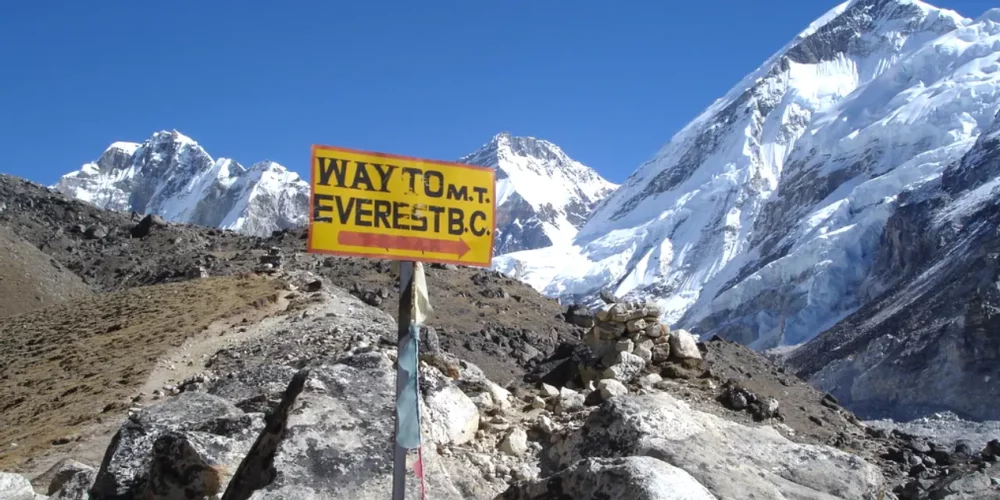
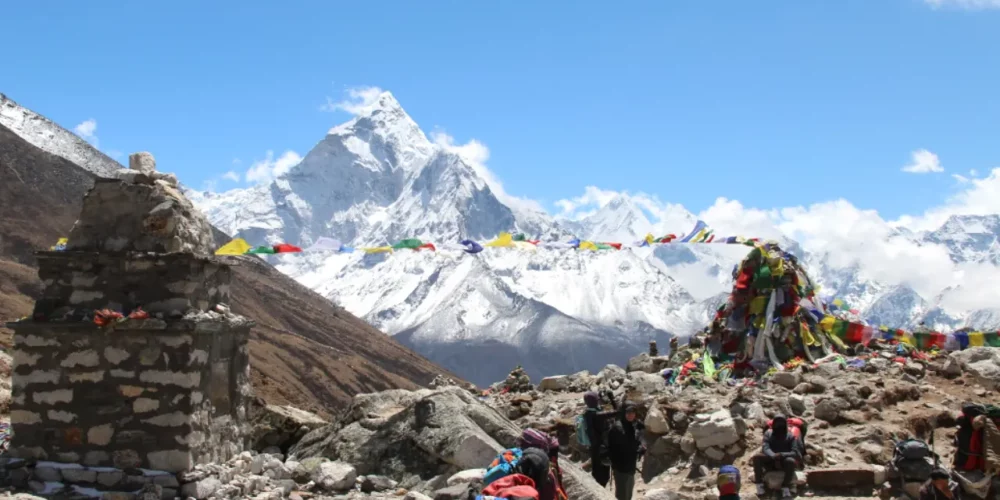




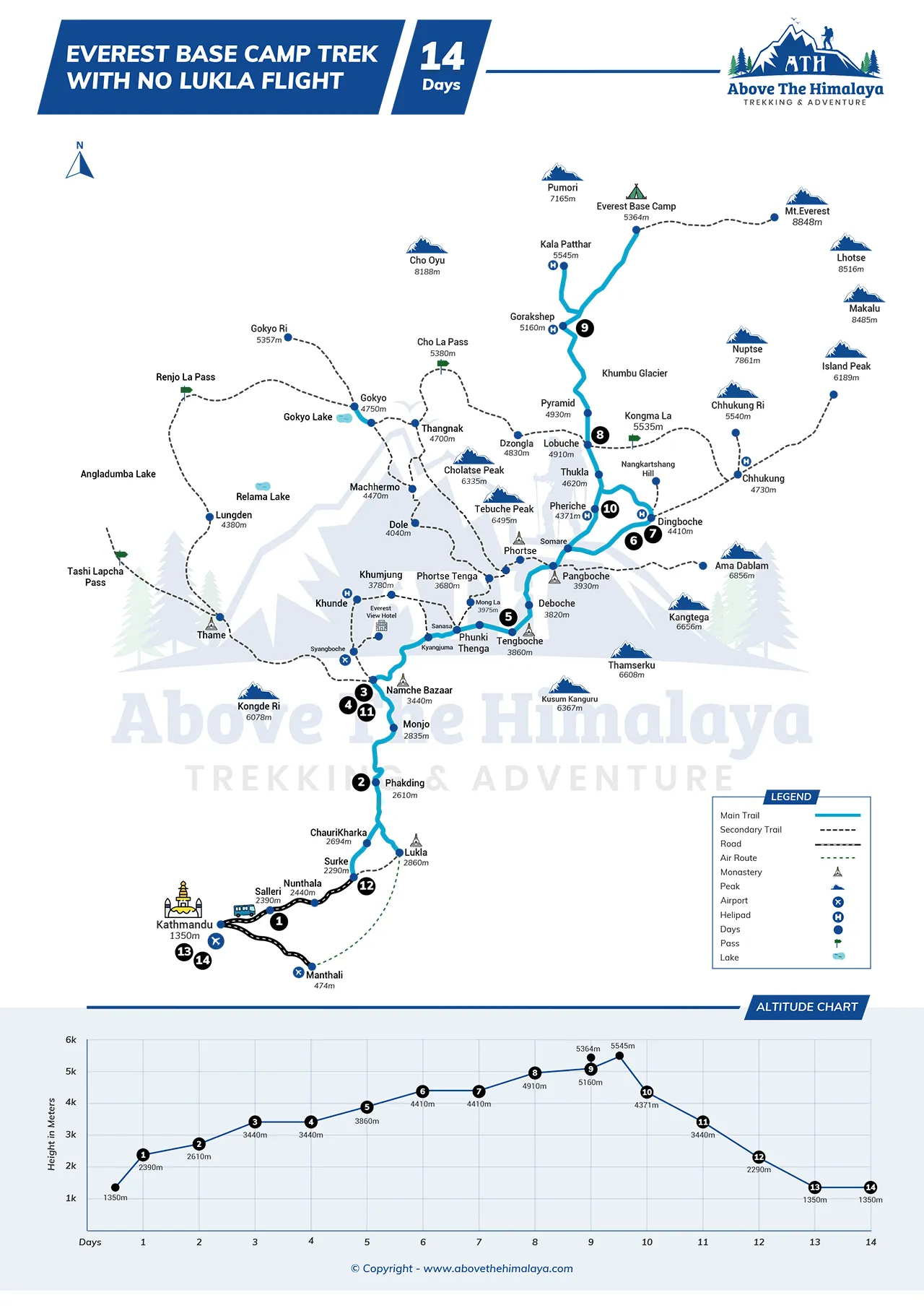
 Have Questions?
Have Questions?